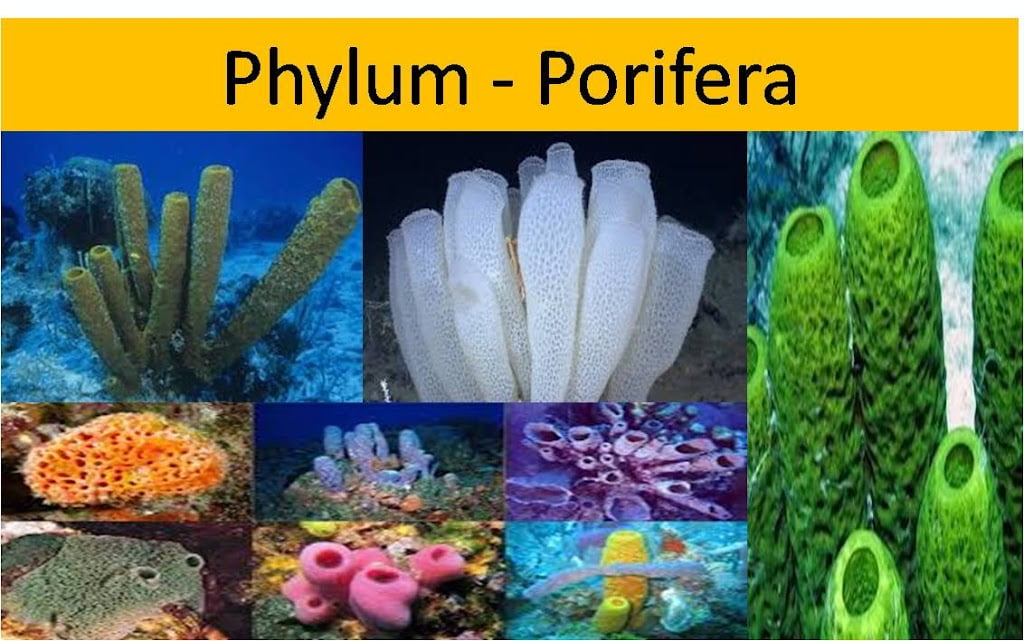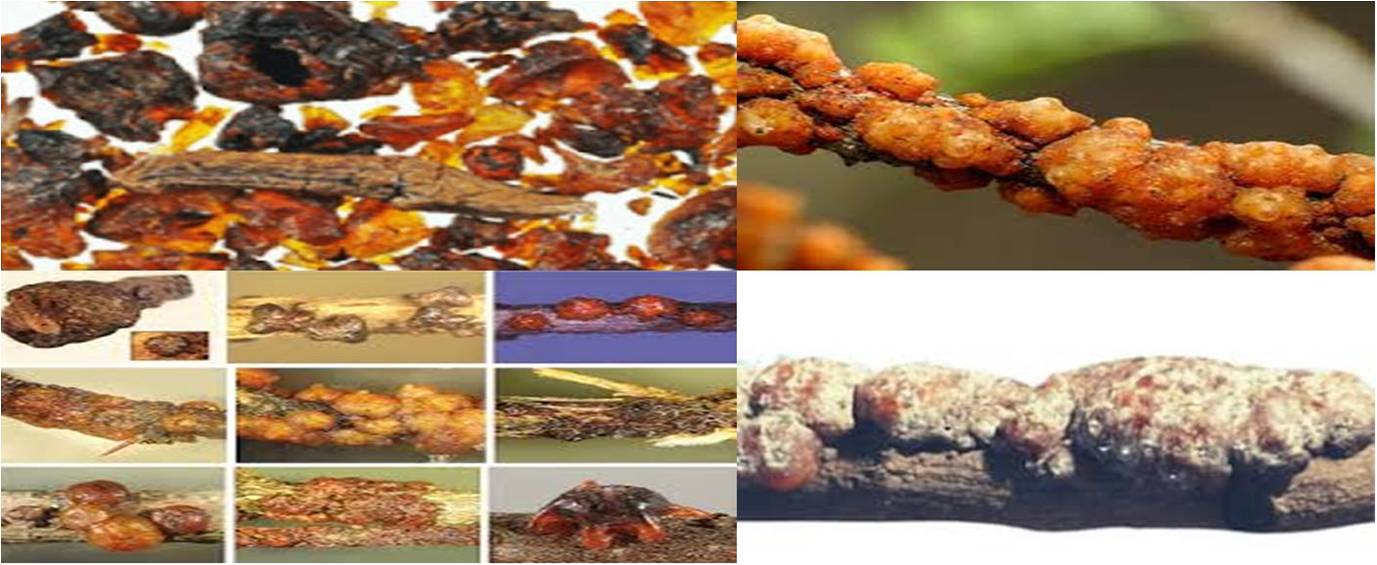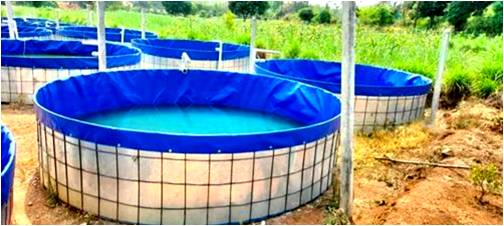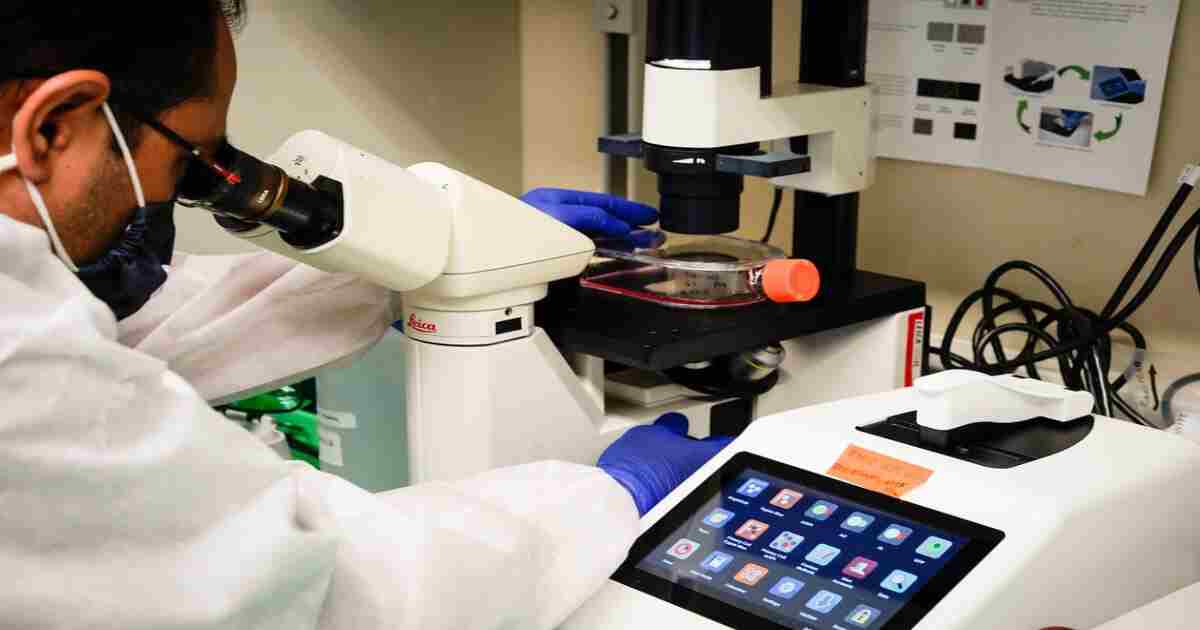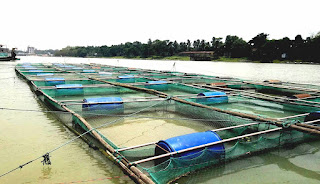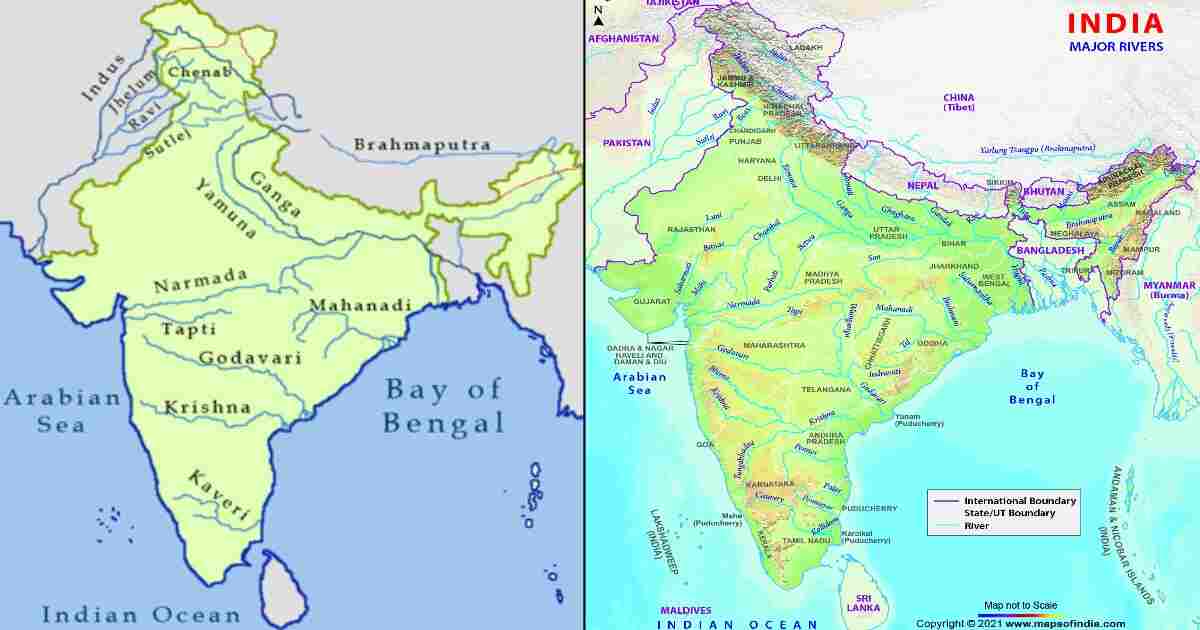Fish diseases: Fish diseases are illnesses or infections that affect the health and well-being of fish. They can be caused by various factors, such as bacteria, fungi, parasites, viruses, environmental stress, poor nutrition, or physical injuries. Fish diseases can affect different parts of the fish’s body, such as the skin, gills, fins, eyes, mouth, or internal organs. Fish diseases are a diverse group of illnesses that can affect both freshwater and saltwater fish. They can be caused by a variety of factors, including:
Infectious agents: Bacteria, viruses, fungi, and parasites are all common infectious agents that can cause fish diseases.
Environmental factors: Poor water quality, overcrowding, and stress can all make fish more susceptible to disease.
Nutritional deficiencies: Fish that are not getting the nutrients they need are more likely to develop diseases. ‘Fish diseases’
Infectious Fish Diseases
There are several types of fish diseases caused by infectious agents as follows –
Bacterial diseases
Bacterial diseases have worldwide distribution. It occurs both in tropical and temperate climate aquaculture. There are several bacterial diseases of cultured fin- and shell-fish. Many bacterial infections also occur in association with viral diseases (as secondary infection). However, bacterial diseases are most feared often causing heavy loss to fish farms. Some of the most common bacterial diseases in fishes:
1. Aeromonas Septicemia (Dropsy): It is caused by the bacterium Aeromonas hydrophila, which is commonly found in freshwater environments and symptoms appears on host like lethargy, loss of appetite, skin ulcers, popeye, and dropsy. Treatment is done by using antibiotics, good water quality, and maintaining a healthy stress level in the fish.
2. Columnaris: It is caused by Flavobacterium columnare, affects freshwater and marine fish, which thrives in warm, stagnant water. causes ulcers on the skin, mouth rot, and gill damage. Treatment are antibacterial medications, improved water quality, and increased water flow.
3. Furunculosis: Caused by the bacterium Aeromonas salmonicida. Primarily affects to salmonids such as salmon, trout, and char. The symptoms appear on host are furuncles (boil-like lesions) on the skin, eroded fins, lethargy and loss of appetite. ‘Fish diseases’
4. Mycobacteriosis (Fish Tuberculosis): Caused by the bacterium Mycobacterium marinum, which can persist in the environment for long periods. Symptoms is internal granulomas, weight loss, and spinal deformities and treatment is often difficult to treat, but may involve extended courses of antibiotics and tank disinfection.
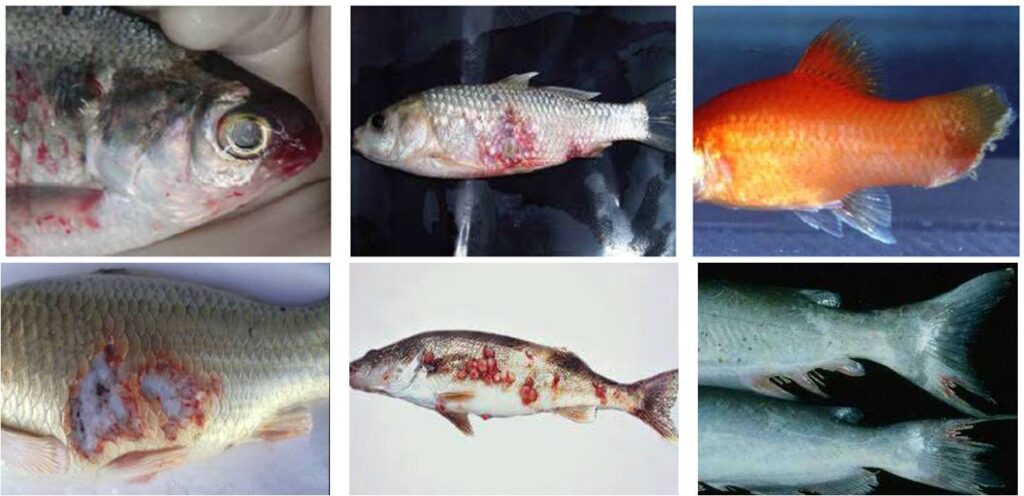
Prevention: Prevention is always the best medicine for fish diseases. Here are some tips for preventing bacterial diseases in fish:
1. Maintain good water quality by regularly testing and changing the water.
2. Provide a healthy diet that is appropriate for your fish species.
3. Quarantine new fish before adding them to your tank to prevent the introduction of diseases.
4. Reduce stress on your fish by providing them with plenty of hiding places and avoiding overcrowding the tank.
5. Monitor your fish regularly for signs of disease and treat them promptly if necessary.
Fungal Diseases
Fungal diseases are among the most common diseases seen in fish, especially in temperate regions. They are caused by various types of fungi that infect the skin, gills, or internal organs of fish.
Some of the most common fungal diseases of fish are:
1. Saprolegniasis: This is caused by water molds of the genus Saprolegnia, which appear as cotton-like growths on the skin or gills of fish. They usually infect fish that are stressed, injured, or have poor water quality. Saprolegniasis can be treated by cleaning the lesions and applying a waterproof cream, or by using antifungal agents such as malachite green1.
2. Ichthyosporidiosis: This is caused by a fungus-like organism called Ichthyosporidium, which infects the kidneys, liver, and other internal organs of fish. It causes cysts or sores on the body of fish, and can be fatal if not treated. Ichthyosporidiosis can be treated by adding phenoxethol or chloramphenicol to the food of fish.
3. Branchiomycosis: This is caused by fungi of the genus Branchiomyces, which infect the gills of fish. It causes hemorrhages, necrosis, and inflammation of the gill tissue, and can impair the breathing of fish. Branchiomycosis can be prevented by maintaining good water quality and avoiding high temperatures. It can be treated by adding formalin or copper sulfate to the water.
4. Epizootic ulcerative syndrome (EUS): This is caused by a complex of fungi, bacteria, and parasites that infect the skin and muscles of fish. It causes ulcers, erosions, and necrosis of the body of fish, and can spread rapidly among fish populations. EUS can be prevented by quarantining new fish and avoiding stress. It can be treated by adding potassium permanganate or salt to the water. ‘Fish diseases’
5. Ichthyophoniasis: This is caused by a fungus called Ichthyophonus, which infects the heart, liver, spleen, and other organs of fish. It causes granulomas, abscesses, and nodules in the tissues of fish, and can affect the growth and survival of fish. Ichthyophoniasis can be prevented by avoiding feeding fish with infected prey. It can be treated by adding metronidazole or furazolidone to the food of fish.

Treatment and prevention
- Improving water quality
- Using antifungal medications
- Increasing the temperature of the water (for some types of fungal infections)
Prevention:
Here are some tips for preventing fungal diseases in fish:
- Maintain good water quality
- Quarantine new fish before adding them to your tank
- Reduce stress on your fish
- Provide a healthy diet for your fish
- Monitor your fish for signs of disease
Viral Diseases
Viral diseases are infections caused by microscopic organisms that can only reproduce inside living cells of a host. There are many types of viral diseases that affect fishes, some of which are notifiable to the World Organisation for Animal Health (OIE). Here are some examples of viral diseases in fishes: ‘Fish diseases’
Viral hemorrhagic septicemia (VHS): This reportable disease is caused by a Novirhabdovirus and is a member of the family Rhabdoviridae. It affects many freshwater and marine fish species, causing hemorrhages, anemia, and high mortality.
Infectious pancreatic necrosis (IPN): This is a contagious disease caused by an Aquabirnavirus that affects mainly salmonids and other coldwater fish species. It causes necrosis of the pancreas, liver, and spleen, as well as systemic hemorrhages and inflammation. ‘Fish diseases’
Spring viremia of carp (SVC): This reportable disease is caused by a Rhabdovirus that affects mainly cyprinids and other freshwater fish species. It causes hemorrhagic lesions, ascites, exophthalmia, and high mortality.
Channel catfish viral disease (CCVD): This is a disease caused by an Iridovirus that affects mainly channel catfish and other ictalurids. It causes skin lesions, pale gills, enlarged spleen, and high mortality.

There are many others viral diseases, such as carp pox, koi herpesvirus, lymphocystis disease, megalocytivirus, and more. Viral diseases are difficult to treat, so prevention and control measures are important. These include biosecurity, quarantine, vaccination, and temperature manipulation ‘Fish diseases’
Treatment and prevention
Treatment for viral diseases in fish is often limited, as there are no specific antiviral drugs for most fish viruses. However, some supportive measures can be taken, such as:
- Improving water quality
- Maintaining optimal water temperature
- Providing a healthy diet
- Removing infected fish
- Quarantining new fish
Prevention is crucial to managing viral diseases in fish. Here are some essential steps:
- Maintain good biosecurity practices in your aquarium or aquaculture facility.
- Quarantine new fish before adding them to your tank.
- Avoid overcrowding your fish.
- Regularly disinfect your aquarium or aquaculture equipment.
- Be aware of the signs and symptoms of viral diseases in fish.
Parasitic Diseases
Parasitic diseases in fish are common and can affect both wild and cultured fish. Parasites can cause various symptoms in fish, such as excess mucus, ulcerative skin lesions, respiratory distress, loss of appetite, and mortality. Parasites can also have public health and economic implications, as some of them can infect humans or reduce the quality and quantity of fish products.
Some of the major groups of parasites that infect fish are:
Protistans: These are microscopic, single-celled organisms that can infect the gills, skin, fins, eyes, muscles, and internal organs of fish. Some examples are Ichthyophthirius, Cryptocaryon, Trichodina, Chilodonella, Brooklynella, Tetrahymena, Uronema, Miamiensis, Ichthyobodo, Cryptobia, and Oomycota.
Metazoans: These are multicellular animals that can attach to or penetrate the skin, gills, fins, mouth, eyes, or internal organs of fish. Some examples are Myxozoans, Monogeneans, Trematodes, Cestodes, Nematodes, Leeches, and Crustaceans
1. Protozoan parasites:
White spot disease or Ich: This is caused by Ichthyophthirius multifiliis in freshwater fish or by Cryptocaryon irritans in marine species. The infected fish develop small white spots on the skin or gills, and may show signs of irritation, flashing, weakness, loss of appetite, and decreased activity. This disease can be treated with formalin, malachite green, potassium permanganate, or salt.
Velvet disease or Rust disease: This is caused by Oodinium sp., a dinoflagellate parasite that attaches to the fish skin and gills. The infected fish exhibit a yellowish, peppery coating, clamped fins, respiratory distress, and may die within a few days. This disease can be treated with copper sulfate, acriflavin, or salt.
Costiasis or Ichthyobodiasis: This is caused by Ichthyobodo sp., a flagellated protozoan parasite that feeds on the fish skin and gills. The infected fish show excess mucus, skin erosion, anorexia, and lethargy. This disease can be treated with formalin, malachite green, or potassium permanganate.
Neon tetra disease: This is caused by Plistophora sp., a microsporidian parasite that attacks the fish muscles. The infected fish show pale or white patches on the body, curvature of the spine, and loss of color. This disease is usually unresponsive to treatment and infected fish should be removed from the tank.
Guppy killer disease: This is caused by a free-living or parasitic ciliated protozoan that infects the fish skin and gills. The infected fish show hemorrhages, ulcers, and necrosis on the body surface, and may die within hours. This disease can be treated with formalin, malachite green, or salt.
Trichodina: Tiny parasitic discs that attach to the gills and skin, causing gill damage, flashing, and lethargy.
2. Monogenean parasites:
Gyrodactylus: These small, worm-like parasites attach to the skin and fins, causing damage and inflammation.
Dactylogyrus: Similar to Gyrodactylus, but primarily affects the gills, causing gill damage and respiratory distress.
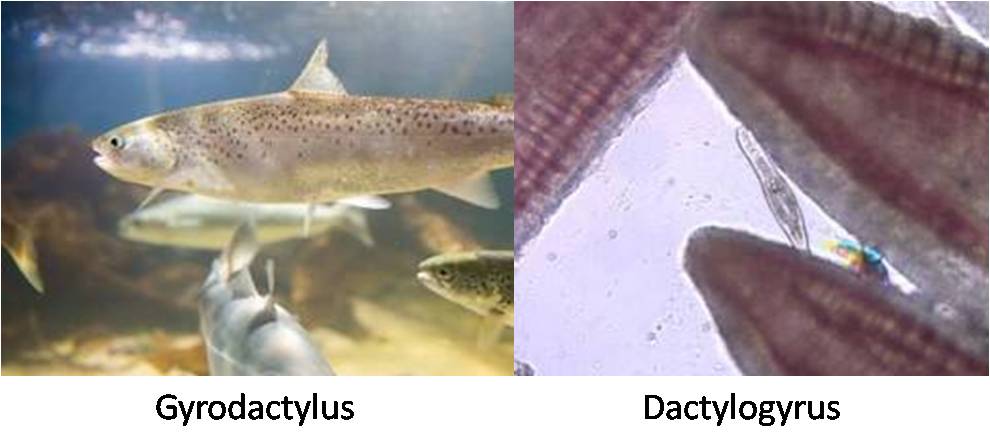
3. Trematode parasites:
Diplostomum spp.: These “eye flukes” invade the eye lens, causing cataracts and blindness in fish.
Posthodiplostomum spp.: Similar to Diplostomum, but encyst in the body, causing internal damage and inflammation.
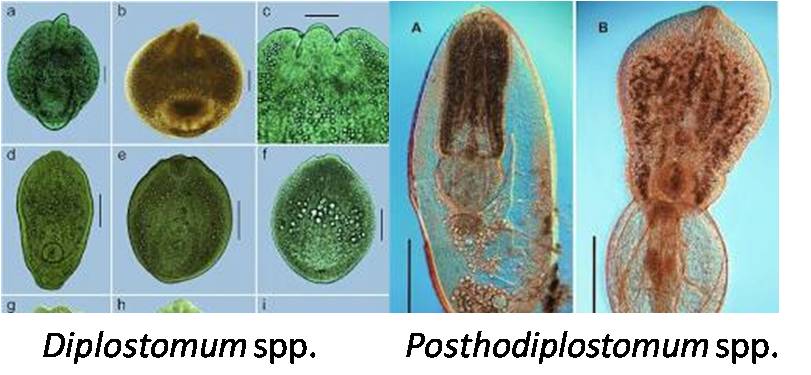
4. Cestode parasites:
Bothriocephalus spp.: Tapeworms that live in the intestines, absorbing nutrients and causing weight loss and emaciation.
Caryophyllaeus spp.: Tapeworms that live in the intestines, causing inflammation and internal damage.
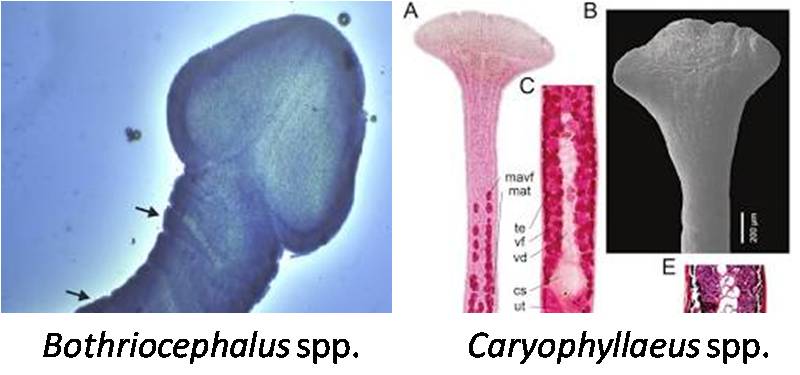
5. Nematode parasites:
Camallanus spp.: Threadworms that live in the intestines, causing internal damage and inflammation.
Capillaria spp.: Threadworms that live in the muscles, causing muscle wasting and weakness.
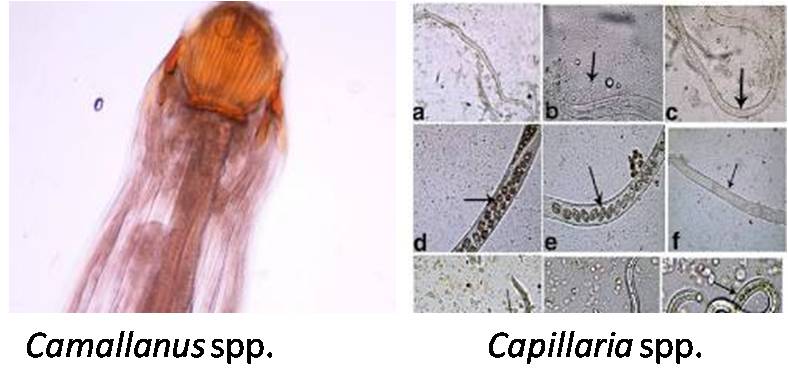
6. Annelid Parasites:
Leeches are segmented worms that belong to the phylum Annelida. While not technically a disease themselves, leeches can indeed parasitize fish and cause various health problems. Here’s what you need to know about leech infections in fish:
Types of leeches that infect fish:
Piscicolidae: These are the most common type of leech that parasitizes fish. They attach themselves to the skin, gills, or fins of fish and feed on their blood.
Hemiclepsis marginata: Found in freshwater environments and attaches to various fish species, feeding on their blood.
Glossiphonia spp.: Inhabits freshwater and brackish water, attaching to fish gills and fins for blood meals.

6. Crustacean Parasites:
Fish lice (Argulus): Attach to the body of fish, feeding on their blood and causing irritation and skin damage.
Anchor worms (Lernaea): Burrow into the flesh of fish, causing painful lesions and inflammation.
Copepods (some species): Act as intermediate hosts for fish diseases like sea lice or salmon lice, contributing to their spread.

Treatment and prevention
Treatment for parasitic diseases in fish depends on the specific parasite involved. Common methods include:
- Antiparasitic medications: These are available in various forms, including dips, baths, and oral treatments.
- Increased water temperature: Some parasites are sensitive to heat, and raising the water temperature can help kill them.
- Salt baths: Salt baths can be effective against some external parasites.
Prevention is key to managing parasitic diseases in fish. Here are some important steps:
- Maintain good water quality: This creates an unfavorable environment for parasites to thrive.
- Quarantine new fish: This prevents the introduction of parasites into your existing fish population.
- Avoid overcrowding your fish: Overcrowding can stress fish, making them more susceptible to parasites.
- Feed your fish a healthy diet: A healthy diet helps fish maintain a strong immune system, better able to fight off parasites.
- Regularly inspect your fish for signs of parasites: Early detection and treatment are crucial for successful control.
Fish diseases are a major concern for both hobbyists and aquaculture professionals. They can cause significant harm to fish populations, leading to financial losses and even ecological damage

